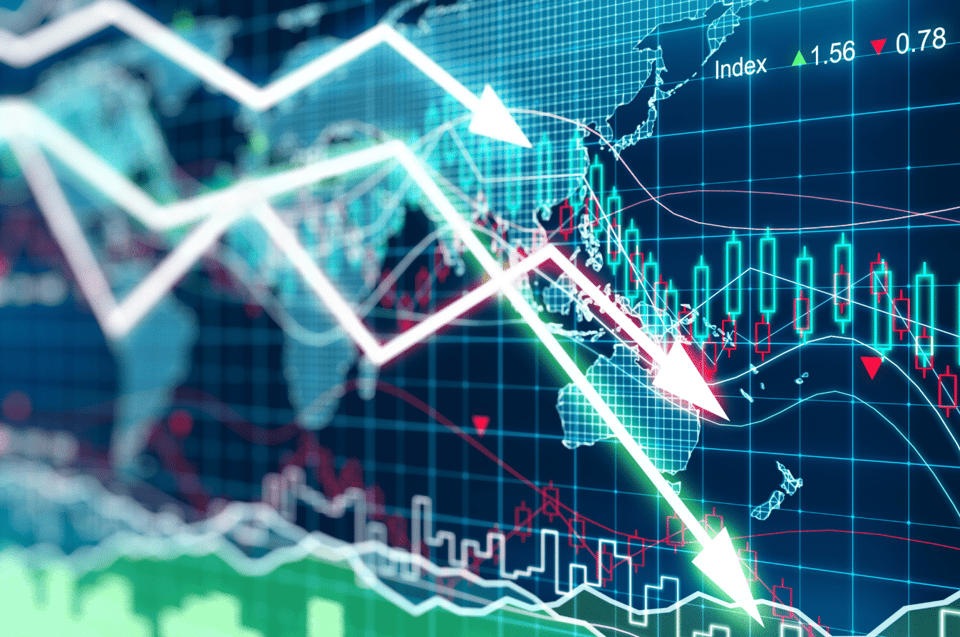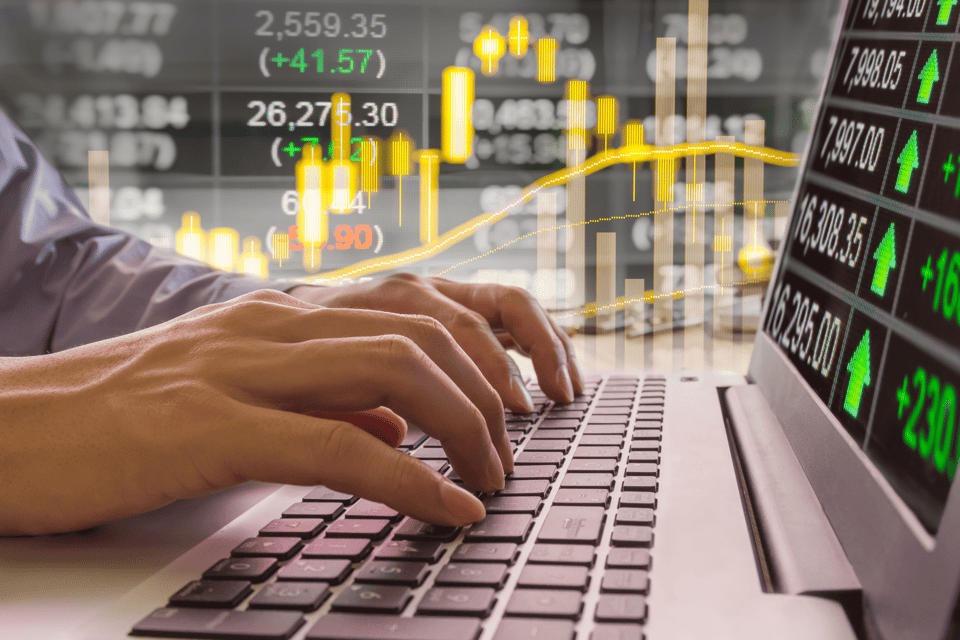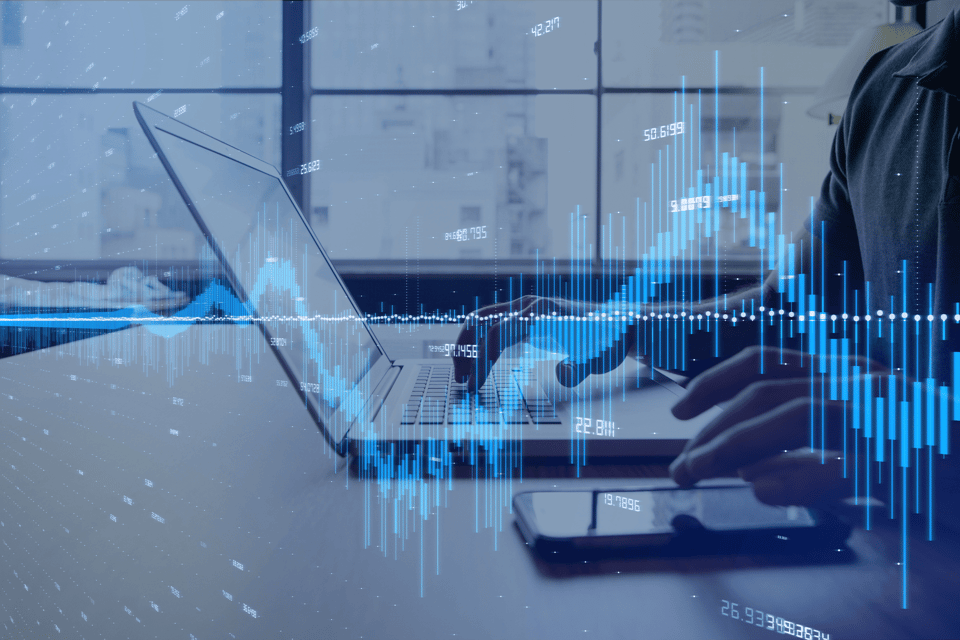If you’ve ever purchased a car, house, or other big-ticket item, then you’re aware of the commitment such an action entails. Buying futures contracts is no different — it is a serious business that requires you to secure financing, actively budget, and apply leverage. If done competently, however, “going long” a futures market can pay big dividends.
Read on to learn more about buying a futures contract and how doing so may be a potentially lucrative approach to the market.
The Ins and Outs Of ‘Going Long’ the Market
At any given time, a futures trader can do two things in the market: buy or sell a contract(s). According to industry nomenclature, when you buy a contract, you’re “going long” the market, and when you sell a contract, you’re “shorting” the market. Each is a vastly different function and has unique strategic applications.
Any trades are educational examples only. They do not include commissions and fees.
In the realm of active trading, going long is the most traditional means of pursuing capital gains. Under this scenario, you buy an asset in the hopes that its value will appreciate over time. Accordingly, anticipating rising asset prices over the short, intermediate, or long term is referred to as having a “bullish bias.”
To cash in on a bullish bias, you secure market share by buying futures contracts, stocks, cryptocurrencies, or other attractive assets. In the case of futures, when you buy a contract(s), the following measures are taken:
- Margin is posted: When opening a new long position, you must post a per contract margin. For instance, if buying 1 contract of CME gold, a $10,000 maintenance margin applies for overnight positions; for short-term traders, an intraday margin of $5,500 is necessary. Remember, your trading account balance must satisfy margin requirements at all times.
- Unrealized P&L: Upon buying a futures contract, your applied leverage dictates your tick-by-tick liability. So, when buying 1 lot of CME gold (GC), your trading account is debited or credited $10.00 per tick movement. If GC’s price goes up, the account is credited $10.00 per tick, and if the price falls, the account is debited $10.00 per tick. This is known as unrealized profit and loss (P&L).
- Realized P&L: When a long position hits its profit target or stop loss, the trade is closed out at a profit or loss. If the price has risen from entry, a profit is realized, but if the price has fallen beneath entry, a loss is sustained.
It’s important to understand that futures contracts are derivative products. When you purchase them, margin money is required, your trading account balance is impacted on a tick-by-tick basis, and P&L is magnified due to the application of leverage.
When Is Buying Futures Contracts a Good Idea?
When is it appropriate to buy a futures contract? Although the strategic parameters for buying futures contracts vary, there are two basic reasons for doing so:
- Speculation: If you maintain a bullish bias toward an asset, then going long may be a good idea. Given a viable trading plan, “buying low and selling high” can be a very productive strategy.
- Hedging risk: You can mitigate risk exposure by buying select futures contracts. For instance, hedging the impact of USD inflation may be accomplished through purchasing commodity futures or foreign currency futures contracts. Also, systematic risk can be reduced by buying safe-haven products, such as gold or the U.S. 10-year note.
Capitalizing on a bullish bias and managing risk exposure are the two primary strategic reasons for purchasing futures. If you’re going to be active in the marketplace, then grasping these facets of buying futures contracts is imperative to your success!



